If you’ve just dipped your toes into the world of photography and are starting off with a DSLR or mirrorless camera, you’re probably using a kit lens.
If you’re wondering how to make the most of your kit lens, this article is a comprehensive guide that will help you make the most out of this often-underestimated piece of equipment.
Ideal for beginners, this guide will walk you through what a kit lens is, its advantages, and how you can use it to create stunning photographs, despite its limitations.
So, stay with us to unlock the true potential of your kit lens.
| Topic | Summary |
|---|---|
| What is a Kit Lens? | A versatile, general-purpose lens usually bundled with new cameras. |
| Not Just for Beginners | Kit lenses are versatile and can be used for various photography styles. |
| Advantages | Cost-effective, ideal for learning, and versatile. |
| Limitations | Limited aperture and optical quality, but manageable with tips. |
| Techniques to Unlock Potential | Use of various focal lengths, mid-range apertures, and manual settings. |
| Specialized Photography Styles | Good for wide-angle, portrait, and basic macro photography. |
| Useful Accessories | Enhance with reversing rings, tripods, and lens hoods. |
| Maintenance and Care | Proper cleaning and storage can extend lifespan. |
| Signs for Upgrading | If you need better low-light performance, specialized macro, or higher optical quality. |
| FAQs | A kit lens is more versatile than it seems and can capture high-quality photos when used well. |
What is a Kit Lens?
Definition of a Kit Lens
A kit lens is a standard lens that usually comes bundled with a new camera.
It’s generally considered a starter or entry-level lens that allows you to experiment with different styles of photography without breaking the bank.
Typical Characteristics
Here are some standard features you’ll often find in a kit lens:
- Focal Length Range: Usually versatile, ranging from wide-angle to short telephoto (e.g., 18-55mm).
- Aperture: Limited, often around f/3.5-5.6, which can restrict low-light shooting.
- Weight: Generally lighter and more compact than specialized lenses.
- Auto-focus: Almost always included, making it easier for beginners.
- Image Stabilization: Common but not universal; helps in reducing camera shake.
By understanding these traits, you can better play to the strengths of your kit lens and mitigate its weaknesses.
For a deeper dive into lens characteristics, you may find our article on how do camera lenses work useful.
Why the Kit Lens Isn’t Just for Beginners
Addressing Misconceptions
There’s a prevailing notion that a kit lens is only useful for newbies, and as you grow in your photography journey, you’ll inevitably need to upgrade.
While it’s true that specialized lenses have their merits, dismissing the kit lens as merely a starter lens is a big mistake.
Here’s why:
- Learning Curve: It’s an excellent lens to practice and hone your skills. The limitations of the lens can actually teach you a lot.
- Versatility: From landscapes to portraits, a kit lens can do a lot more than you might give it credit for.
- Cost-Effectiveness: Before investing in expensive glass, it’s smart to learn the ropes with what you’ve got.
So, don’t shelve your kit lens as soon as you’ve moved on to advanced gear. You might find our article on should I upgrade my camera body or lens helpful in making that decision.
Advantages of a Kit Lens
Cost-Effective
One of the most appealing aspects of a kit lens is its cost-effectiveness.
When purchased as part of a camera bundle, the kit lens is significantly cheaper than if you were to buy a specialized lens separately.
This makes it a budget-friendly option for those who are just starting out in photography.
Versatility
Another advantage of the kit lens is its versatility.
A typical kit lens has a decent focal length range, allowing you to shoot everything from wide-angle landscapes to short-telephoto portraits without needing to swap lenses.
Ideal for Learning
A kit lens is the perfect playground for learning.
Its limitations force you to think creatively and make the most out of every shot. This hands-on experience can be invaluable for a beginner.
Limitations and How to Overcome Them
Limited Aperture
The limited aperture on a kit lens can be challenging for low-light shooting or achieving that blurry background (bokeh).
But guess what? You can still manage to get decent shots by:
- Using a Tripod: This allows for longer exposures without camera shake.
- Increasing ISO: Though this may introduce noise, modern cameras handle high ISO quite well.
Lower Optical Quality
It’s true that a kit lens might not offer the same optical quality as a high-end lens, but there are ways to mitigate this:
- Avoid the Extreme Ends: Kit lenses often perform better in the middle of their aperture and focal length ranges.
- Post-Processing: Software can correct certain issues like distortion or chromatic aberration.
Unlocking the Potential of Your Kit Lens: Best Practices for Different Photography Styles
Now we’ve discussed what a kit lens is and it’s advantages and limitations, let’s dive into how you can make the most of it for different styles of photography.
Wide-Angle Photography
When it’s set to its widest focal length, your kit lens is ideal for wide-angle shots—be it expansive landscapes or architectural marvels.
Consider these tips:
- Use a Small Aperture: Smaller apertures like f/8 or f/11 ensure more elements in your scene are in focus.
- Mind Your Lines: Lines and perspectives get exaggerated in wide-angle shots, so compose carefully.
- Stabilize Your Shot: Use a tripod for crisp, clear images, especially in lower light.
Portrait Photography
With its longest focal length, your kit lens can also serve as a reasonable portrait lens. Here’s how to make the most of it:
- Shoot Wide Open: A wider aperture will blur the background, emphasizing your subject.
- Focus on the Eyes: Eyes are the windows to the soul—make them sharp.
- Consider the Background: A less cluttered background will make your subject pop.
Macro Photography
Yes, you can even venture into the intricate world of macro photography with a kit lens:
- Manual Focus: Autofocus often struggles with very close subjects.
- Use Extension Tubes: These are affordable and increase your lens’s minimum focusing distance.
- Be Mindful of Lighting: Macro photography often requires well-thought-out lighting.
Advanced Techniques
Mastered the basics? Let’s move on to advanced techniques that can further elevate your photography skills.
Using Mid-range Apertures
- Ideal for Most Scenes: Mid-range apertures like f/5.6 or f/8 often produce the sharpest images.
- Greater Depth of Field: This helps when you need both the foreground and background reasonably in focus.
- Balance of Light and Sharpness: These settings often provide a good compromise when lighting is variable.
Mastering Image Stabilization
If your lens has image stabilization, make sure to utilize it wisely:
- Enable for Low Light: Turn it on when you’re shooting handheld in low-light conditions.
- Disable for Tripod: Image stabilization can actually introduce blur when the camera is on a tripod.
- Know Your Limits: Understand at what shutter speeds you can still handhold the camera effectively.
Manual Settings and RAW Shooting
- Control Over Settings: Manual mode lets you adjust shutter speed, aperture, and ISO independently.
- Creative Liberty: Once you master manual settings, your creative options become almost limitless.
- Post-Processing Flexibility: Shooting in RAW allows for more forgiving and creative post-processing.
Accessories to Enhance Your Kit Lens
Expanding the capabilities of your kit lens doesn’t necessarily require breaking the bank. A few well-chosen accessories can elevate your photography game.
Let’s talk about three indispensable items: reversing rings, tripods, and lens hoods.
Reversing Rings
Reversing rings are a magical accessory that can convert your basic kit lens into a macro photography tool. They’re affordable and easy to install.
If you’re interested in capturing the minute details of objects, reversing rings are your go-to.
Tripods
While a tripod may seem like overkill for a kit lens, it’s far from it.
Tripods allow you to venture into long-exposure photography or simply give your images that professional crispness. They are particularly useful for night scenes and landscapes, where stabilization is key.
Lens Hoods
Ever wonder why your photos sometimes look washed out? It might be stray light hitting your lens.
Lens hoods can help you tackle this issue, improving color saturation and overall image quality. Plus, they offer added protection for your lens.
If you want to know why a lens hood can be a good investment, read our article on why use a lens hood.
Maintenance and Care for Longevity
Your kit lens will only take care of you if you take care of it. Regular maintenance is key for ensuring the longevity and optimal performance of your lens.
Cleaning
Keeping your lens clean is crucial for sharp images. A few simple tools like a lens pen or microfiber cloth can make all the difference.
For more detailed instructions, check our guide on how to clean a camera lens.
Storage
Proper storage is equally important. Always keep your lens capped when not in use and store it in a cool, dry place.
Make sure to read our tips on how to store camera lenses properly.
When to Consider Upgrading
There will likely come a time in your photography journey when you begin to notice the limitations of your kit lens.
While it’s a fantastic learning tool and incredibly versatile, it’s not built to excel in every aspect of photography. Below are some signs that it might be time to consider upgrading to a specialized lens.
Signs You May Need a Specialized Lens
Craving Faster Apertures
If you’re struggling with low-light conditions and find that your kit lens simply can’t open wide enough to let in sufficient light, you may need a lens with a faster aperture.
Faster apertures not only improve low-light performance but also offer more creative control over depth of field.
Specialized Photographic Interests
Perhaps you’ve discovered a passion for a specific genre of photography that demands specialized equipment. For instance:
- Macro Photography: If you’re interested in capturing the minutiae of nature or objects, a dedicated macro lens will offer greater magnification than your kit lens, even with a reversing ring.
- Wildlife Photography: Capturing distant subjects like animals requires telephoto lenses with longer focal lengths.
Need for Higher Optical Quality
Over time, you’ll start to recognize the difference between good and bad optical quality.
If you’re not satisfied with the sharpness, color rendition, or bokeh quality your kit lens offers, upgrading could be the solution.
Advanced Features
More specialized lenses come with features like image stabilization, weather sealing, or silent autofocus motors, which may not be present in a kit lens. If your photography demands such advanced features, consider switching.
If you’re contemplating an upgrade, it would be wise to read what camera lens do I need to understand your needs better. You might also be interested in knowing how camera lenses are made, which can help you appreciate the technology behind specialized lenses.
By understanding when to upgrade, you can make a more informed decision that aligns with your evolving skills and interests in photography.
FAQs
What’s Possible to Achieve with a Kit Lens?
A kit lens is incredibly versatile and is excellent for general photography, including portraits, landscapes, and even some macro shots. It’s the perfect starting point for beginners to learn the basics.
What’s the Optimal Way to Utilize a Kit Lens?
The best use of a kit lens is to experiment with various styles of photography. Due to its range of focal lengths and settings, it’s great for learning how to shoot under different conditions and styles.
Is It Feasible to Capture High-Quality Photos Using a Kit Lens?
Absolutely. While a kit lens may have some limitations, understanding its strengths and weaknesses can allow you to take excellent photos that rival those taken with more expensive lenses.
What’s the Ideal F-Stop for an 18-55mm Lens?
For an 18-55mm kit lens, an F-stop of around f/8 is often considered the “sweet spot” for optimal sharpness and depth of field, especially for landscape photography.
Are Kit Lenses Generally Less Sharp Than Other Lenses?
Kit lenses may not offer the same level of sharpness as more specialized or expensive lenses, but they can still produce quality images. Knowing how to exploit your lens to its full potential is key.
What Limitations Should I Be Aware of With a Kit Lens?
Some drawbacks of kit lenses include limited aperture sizes, which can affect low-light shooting, and lower overall optical quality compared to specialized lenses.
Is It Worth Holding Onto My Kit Lens?
Absolutely. Even as you expand your lens collection, the kit lens serves as a versatile option for situations where you need a “jack-of-all-trades” lens. It’s also a useful backup in case your specialized lenses are not available.
Remember, knowing your equipment’s limitations is the first step toward overcoming them. If you’re looking to understand more about lens quality, take a look at how to check camera lens quality.
Conclusion
Your kit lens is not just a starter tool; it’s a versatile companion for various photography styles.
Knowing how to leverage its strengths and mitigate its weaknesses can offer you a rich photography experience.
Keep experimenting, keep learning, and don’t be too quick to dismiss this powerful piece of equipment. You’ll be amazed at what you can achieve!


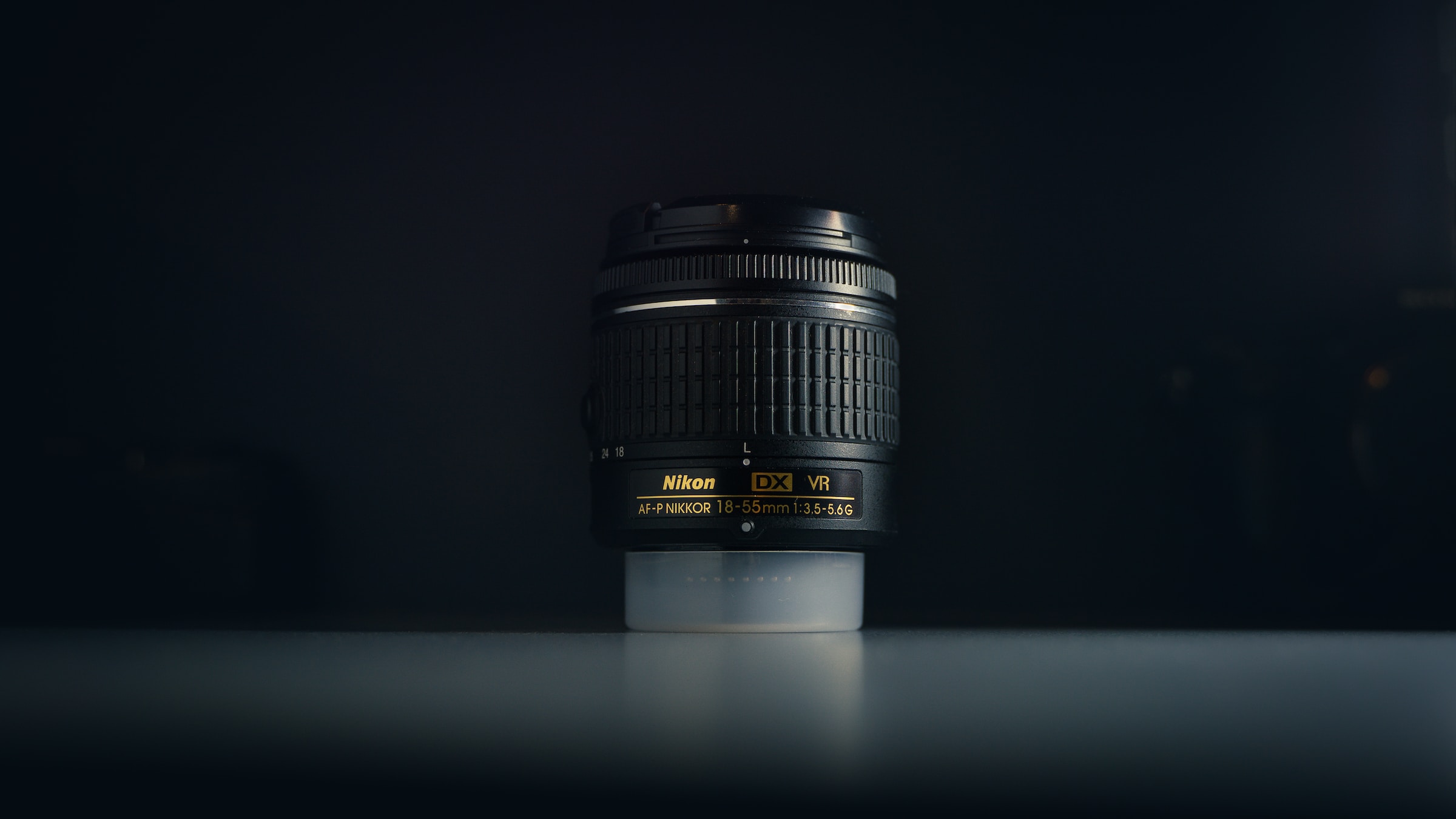
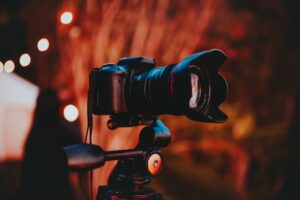
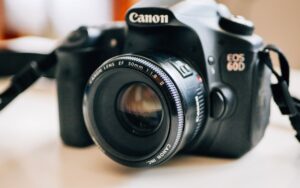
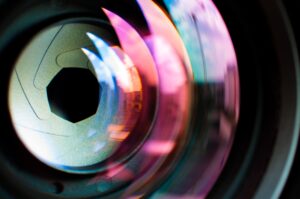
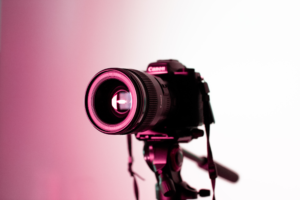
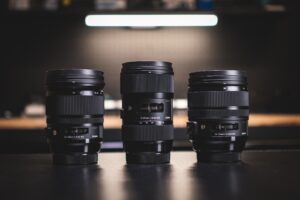

Pingback: Canon vs Nikon vs Sony vs Fujifilm: Which Brand is Best? - Photography Explorer